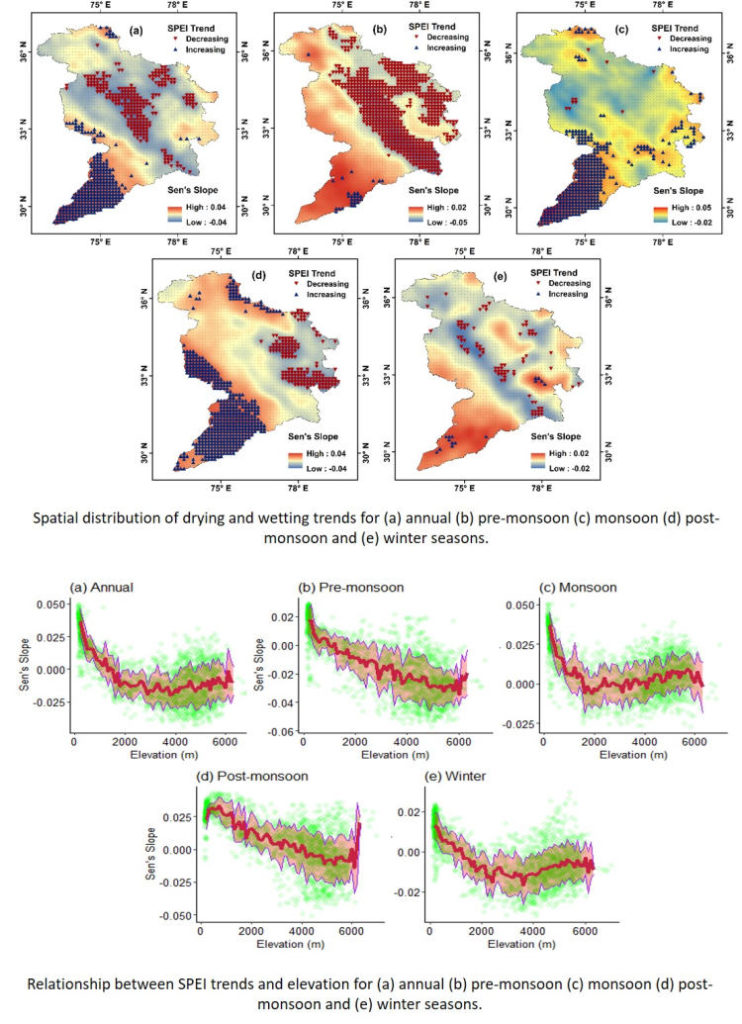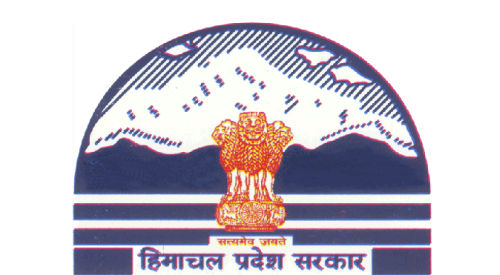Researchers from the Indian Institute of Technology (IIT) Mandi have revealed a significant correlation between altitude and drought occurrence in the Indus River Basin. Their study, published in the journal Atmospheric Research, offers valuable insights into water management and climate adaptation strategies for the region.
Water scarcity has become a pressing issue due to population growth, limited availability, and the impact of climate change. Extreme water-related events, such as floods and droughts, pose a significant threat to human society. Understanding drought trends about elevation is crucial for effective water management and planning.
High-altitude regions, especially vulnerable to climate change effects, require in-depth analysis to predict and mitigate the impacts of droughts. The Indus River basin, with its diverse elevations ranging from 93 to 8,489 meters, serves as an ideal setting for investigating the connection between elevation and drought characteristics.
To explore this relationship, the research team utilized statistical techniques and extensive data on monthly precipitation, maximum and minimum temperatures spanning 42 years (1979–2020). They employed a drought indicator based on climatic water balance, an essential factor in comprehending drought patterns.
Dr Deepak Swami of IIT Mandi emphasized the need to understand drought dynamics, citing a report from India’s Ministry of Earth Sciences that highlighted an increase in drought frequency from 1951 to 2016. The study’s findings can contribute to effective water management and planning.
The research revealed a strong correlation between drought and elevation. Areas below 2,000 meters experienced wetting trends, while elevations between 2,000 and 6,000 meters showed drying trends. Interestingly, elevations above 4,000 meters demonstrated a slower rate of drying.
Additionally, the study unveiled significant heterogeneity in drought trends across seasons. Monsoon and post-monsoon periods witnessed larger areas with wetting trends, while the pre-monsoon season showed a larger area with drying trends. Throughout the study period, extreme drought frequencies ranged from 0% to 5% in the region.
These findings hold particular significance for the highlands of the Indus River basin, where rain-fed agriculture plays a crucial role. The region’s topography restricts water storage and proper irrigation infrastructure, making it susceptible to water scarcity and declining crop yields during dry periods. Understanding the impact of elevation on meteorological variables is vital for formulating effective policies to mitigate the negative consequences of drought.
The research conducted by IIT Mandi researchers contributes to a better understanding of the relationship between altitude and drought occurrence in the Indus River Basin. These insights offer valuable guidance for water management and climate adaptation strategies, ensuring sustainable development in the region.














